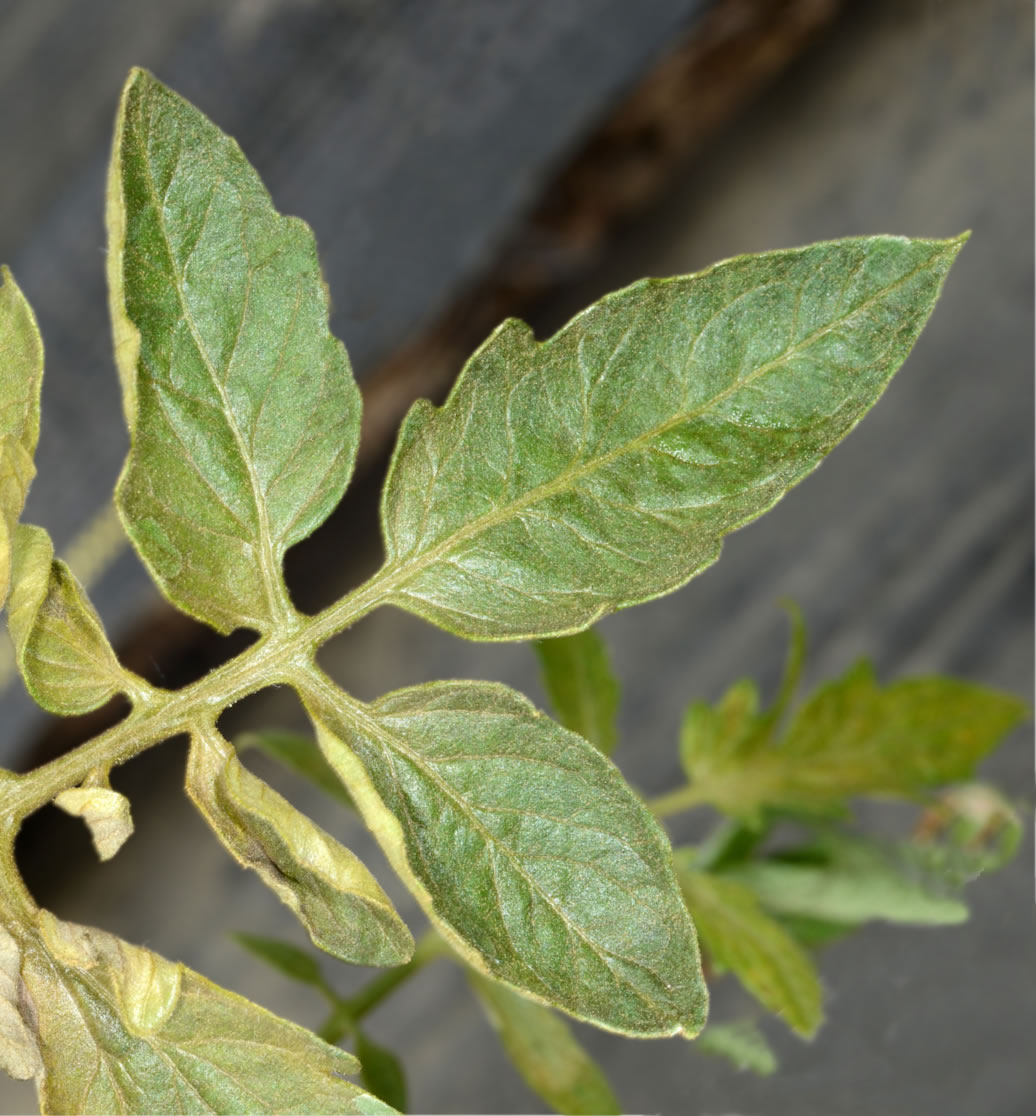Mites!
 There’s little critters in my worm bin!
There’s little critters in my worm bin!
Earthworm pests are birds, rats, snakes, moles, mice, gophers, toads, and other insects or animals that feed on worms or molest them. Arthropods such as mites and ants are probably of the greatest concern to earthworm growers.
Mites
Mites are natural inhabitants of manures and similar organic materials. All worm beds contain small populations of mites, which under certain conditions may reach extremely high levels. If worm beds are not cared for properly, acidity can build up and create conditions that allow mites to thrive. Routinely check pH and add agricultural lime if the pH is less than 6.8.
White or Brown Mites
White or brown mites are not predaceous and tend to feed only on decaying or injured worms. During infestations, however, these mites can devour much of the food in earthworm beds, depriving worms of needed nutrients. This increases worm growers' costs and time spent feeding worms. Mite populations at high levels also can cause worms to stay deep in the beds and not come to the surface for feeding, resulting in poor growth and reproduction.
Red Mites
The red mite is parasitic to earthworms. It attaches itself to the worm and sucks its blood or body fluid. Red mites also are capable of piercing and sucking fluids from egg cocoons. These mites first appear as small white or gray clusters resembling mold.
Magnification will reveal clusters of juvenile red mites in various stages of development. The adult red mite, which is smaller than the white or brown mite, has an egg-shaped body, is bright red, and has eight legs.
Mite Prevention
The best control for earthworm mites is prevention. Proper care of worm beds can prevent a harmful buildup of mites. Bed conditions ideal for worm production are not conducive to high mite populations. Conversely, beds with high mite populations are being improperly managed for optimum worm production. One or more of the following conditions are usually associated with high mite populations:
- Too much water —Beds that are too wet create conditions that are more favorable to mites than earthworms. Avoid excessively wet beds by adjusting watering schedules and improving drainage.
- Overfeeding —Too much food can cause an accumulation of fermented feed in worm beds and lower the pH of the beds. Adjust feeding schedules so that all feed is consumed within a few days. Modify feeding schedules as the seasons (and temperatures) change because worms consume less food in colder temperatures. Maintain beds around a neutral pH 7; use calcium carbonate to adjust the pH level.
- Excessively wet or fleshy feed —Vegetables with high moisture content can cause high mite populations. Limit the use of such feed, and if high mite populations are discovered, discontinue the use of this feed until mite populations are under control.
Mite Removal
Several methods have been suggested for removing mites from earthworm beds. Bear in mind that any type of mite removal, physical or chemical, will only be temporary unless worm bed management is altered to make conditions less favorable for mites. The following techniques range from low- to high-intensity measures.
- Method #1— Uncover the worm beds and expose them to sunlight for several hours. Reduce the amount of water and feed. Mites will not like this environment and they may leave the worm beds.
- Method #2— Place moistened newspapers or burlap bags on top of the beds, and remove the paper or bags as mites accumulate on them. Repeat this procedure until mite populations are substantially reduced.
- Method #3— Place pieces of watermelon or cantaloupe on top of the worm beds. Mites are attracted to the sweetness of the melons and will accumulate on them. The melon can then be removed and dropped in water or buried.
- Method #4 — Water heavily, but do not flood, the worm beds. Mites will move to the surface, and worms will stay below the surface. Use a hand-held propane torch to scorch the top of the beds and kill the mites. Take appropriate safety precautions when using the torch. This procedure may be repeated several times, at three-day intervals, if needed.
- Method #5— Use a light dusting of soil sulphur to kill the mites. After soaking the worm bed with water and causing the mites to surface, apply a rate of 1/16 ounce of sulphur per square foot of bed surface. Sulphur will not harm the worms, but in time, it may increase the acidity of the bed and reduce earthworm populations.
Popular literature on mite removal from earthworm beds is somewhat contradictory. In the past, chemical pesticides have been used in worm beds. However, it is now known that some pesticides have the potential to harm humans, and recommendations for such treatments are not given here. Although newer, safer, miticides exist, sufficient scientific research has not been conducted in worm beds to merit mention at this time.
